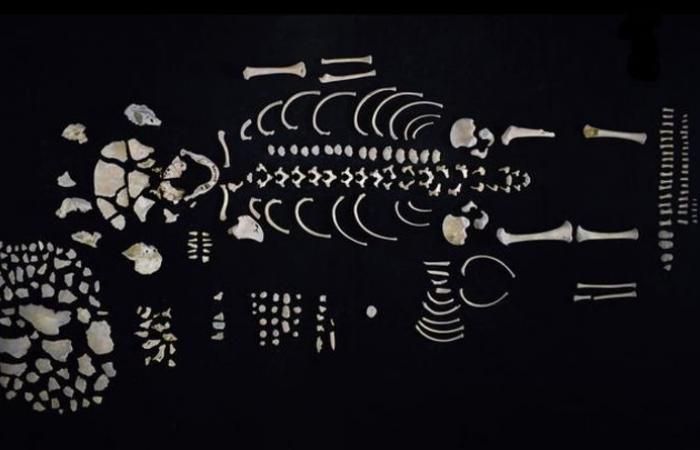Sweat baths or sweat lodges have a long tradition in the cultures that once ruled Mesoamerica. From the Maya to the Aztecs, sweat baths were built for spiritual and health reasons and were often used by midwives before, after and during childbirth. Traditionally, rituals that were performed in the baths led their residents to sweat through a combination of fire, singing and prayer.
The discovery was led by archaeologists from the Smithsonian Tropical Institute (STRI) and the Archeology Program at Bostom University in the United States, who described their findings in the Cambridge Archaeological Journal.
According to the study, the Mayan sweat baths were viewed as more than just buildings, as they were viewed as the physical embodiment of relatives, ancestors, and even supernatural beings.
In many cases, the indigenous people of Mesoamerica believed that the spirits were inhabited in both natural features and man-made structures.
READ MORE: Archaeological News: Medieval graffiti that repels evil spirits has been discovered
The weld pool with the name Los Sapos was dated between 250 and 550 AD in the early classical period.
Outside the structure, the researchers came across a detailed depiction of a little-known Maya deity, possibly named “ix.tzuz.sak”.
The Mayan goddess enveloped the facade of the sweat baths and was depicted in a crouching position like a toad with legs adorned with iguanas and cane toads.
“It seems that someone entering the front of the building enters the amphibian goddess who embodies the weld pool.”
Mary Clarke, lead author and archaeologist at Boston University, said, “Although the name of this goddess has not been deciphered, the suggested readings suggest that she was responsible for gestational cycles of both time and human life.
“However, the association of birth images with reptile figures is not uncommon among the classical Maya, as they express the verb ‘to birth’ as an inverted reptilian mouth glyph
DO NOT MISS …
The 500 year old diary outlines a way to treat disease outbreaks [INSIGHT]
Archaeological News: 4,000 year old evidence can prove Abraham was real [INTERVIEW]
Archaeological mystery: ancient carving discovered in the Nazca desert [REPORT]
The Los Sapos weld pool was most likely active for around 300 years.
Around the year 600 AD, the remains of an adult person were buried in the door of the building, after which the building was buried.
Even so, the Maya lived in Xultin for several centuries.
About 300 years later, the weld pool was excavated and the remains buried in it were removed.
Archaeologists believe this shows that the pool of sweat was viewed as both a grandmother figure and a birthplace and human creation.
Dr. Sharpe said, “Mayan archaeologists often find such concentrations of artifact that were likely dedicated to the structures, but there is seldom an obvious connection between the objects and the structure.
“Because of the iconography outside of Los Sapos and because we know it is a pool of sweat, we have a rare case where we associate the offerings – an infant, female figures, and frogs and iguanas – with the role of structure can be played in the community. ”
“If she is dissatisfied, she can take revenge or hold back the things that people need to survive.
“The offering at Los Sapos was both an attempt to appease this goddess and an act of resilience.
“Instead of seeing a population collapse, we try to negotiate with this goddess about her survival.”
These were the details of the news Archaeological News: The child remains excavated in the city of Maya... for this day. We hope that we have succeeded by giving you the full details and information. To follow all our news, you can subscribe to the alerts system or to one of our different systems to provide you with all that is new.
It is also worth noting that the original news has been published and is available at de24.news and the editorial team at AlKhaleej Today has confirmed it and it has been modified, and it may have been completely transferred or quoted from it and you can read and follow this news from its main source.

